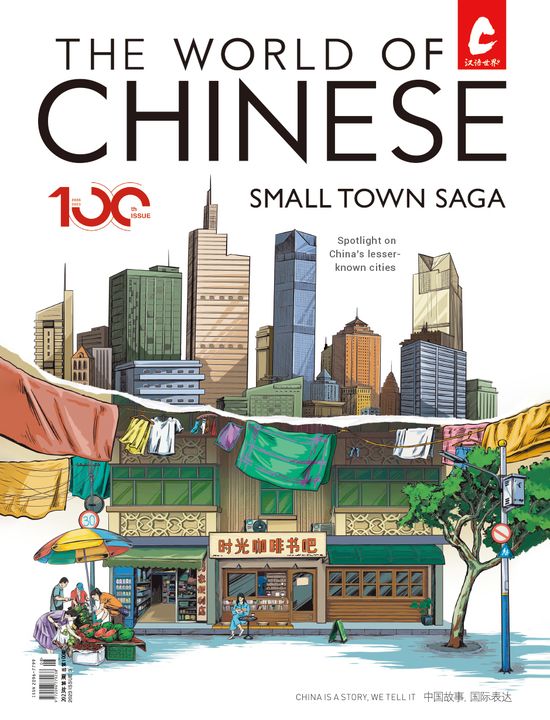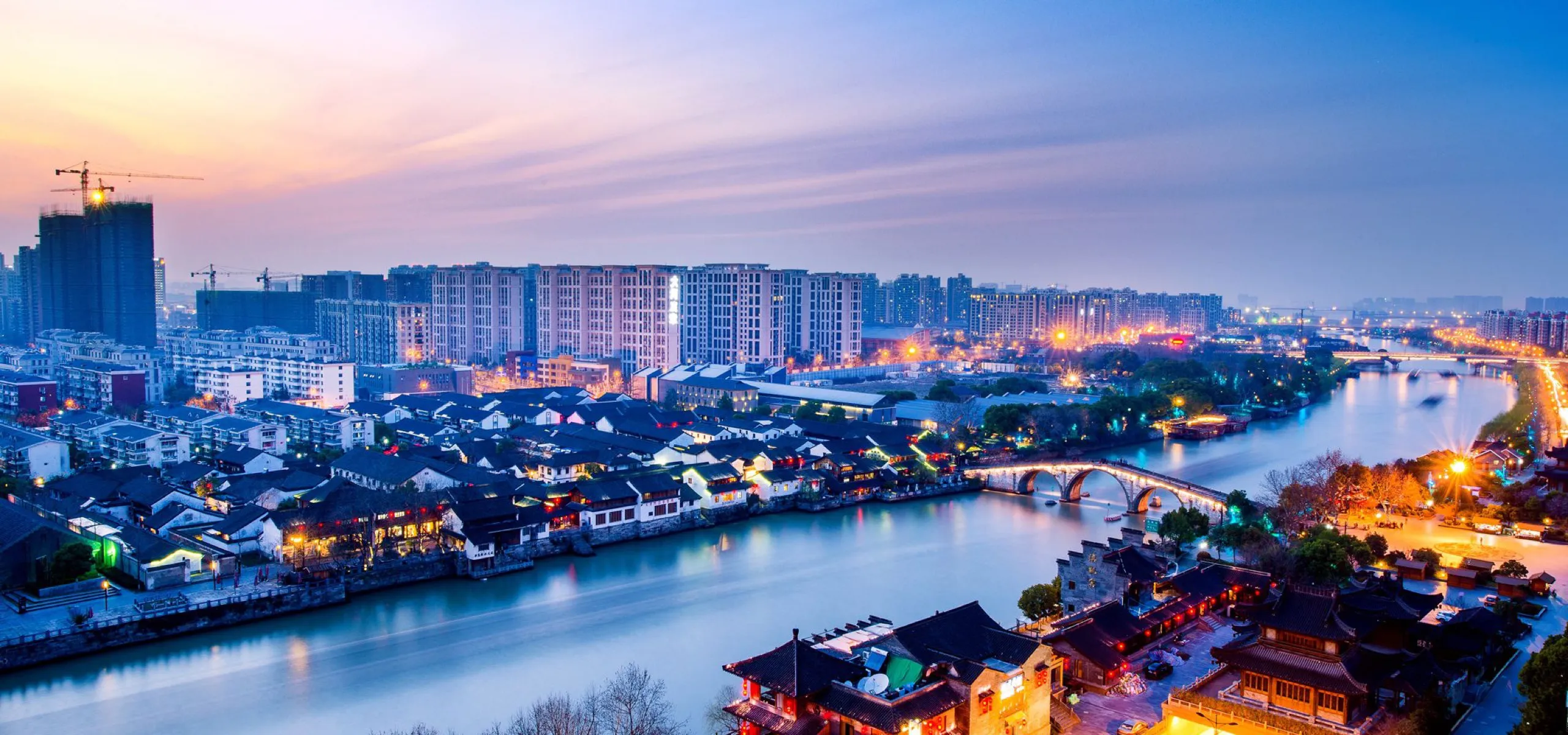How the Grand Canal turned Hangzhou from a backwater into one of the richest cities in the world
The four baxia guarding the main arch of Gongchen Bridge (拱宸桥), statues of the sons of the formidable Dragon Emperor in Chinese mythology, look a bit nervous.
This is natural, considering these stone statues’ function is to stop ships from hitting the bridge while heading in and out of Hangzhou via the Grand Canal. For centuries, the baxia have seen the flow of trade pass to and from one of the greatest cities in ancient China.
The Grand Canal was once the heart of the global economy. Stretching nearly 1,800 kilometers from Beijing to Zhejiang province, the canal was arguably the main contributor to the integration of southern and northern China more than 1,400 years ago. Wherever it flowed, it brought prosperity and communication, with Hangzhou as its most vital nexus.
The Grand Canal, in fact, made Hangzhou. Before 605, Hangzhou was an obscure town with a population of 15,000. When the Grand Canal was completed in 610, Hangzhou burgeoned into a cosmopolitan metropolis. By the middle of the Tang dynasty (618 – 907) in the eighth century, Hangzhou already had over 30,000 shops, and the ships mooring in the canal stretched on for more than ten kilometers.
Departing from the Wulin Square Boat Terminal (武林门码头), the 30-minute Grand Canal boat trip to the Gongchen Bridge shows the ebb of history along this waterway. Modern glass towers line this stretch of the canal today, interspersed with small pagodas.
The first sections of the Grand Canal were dug in the fifth century BCE in northern China. Its southern terminus in Hangzhou, however, was not completed until a thousand years later during the Sui dynasty (581 – 618). Known for his cruelty, Emperor Yang of Sui forced millions of workers to complete 2,000 kilometers of the canal in just four years, with four workers in ten reportedly dying from the intense labor.
In the 1280s, Marco Polo visited the Grand Canal at Hangzhou: “There runs a very large canal, on the bank of which towards the squares are built great houses of stone,” the Venetian traveler remarked. “In each of the squares is held a market three days in the week, frequented by 40,000 or 50,000 persons, who bring thither for sale every possible necessity of life.”













